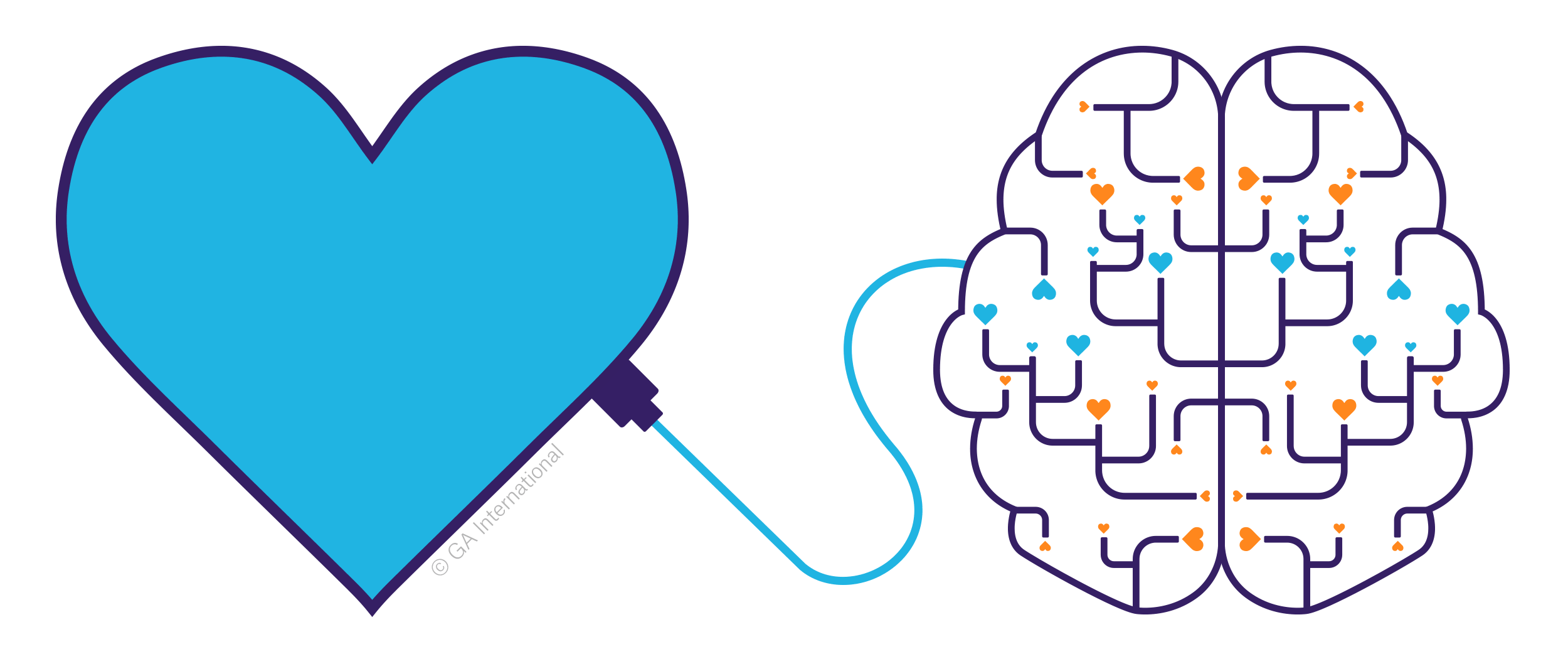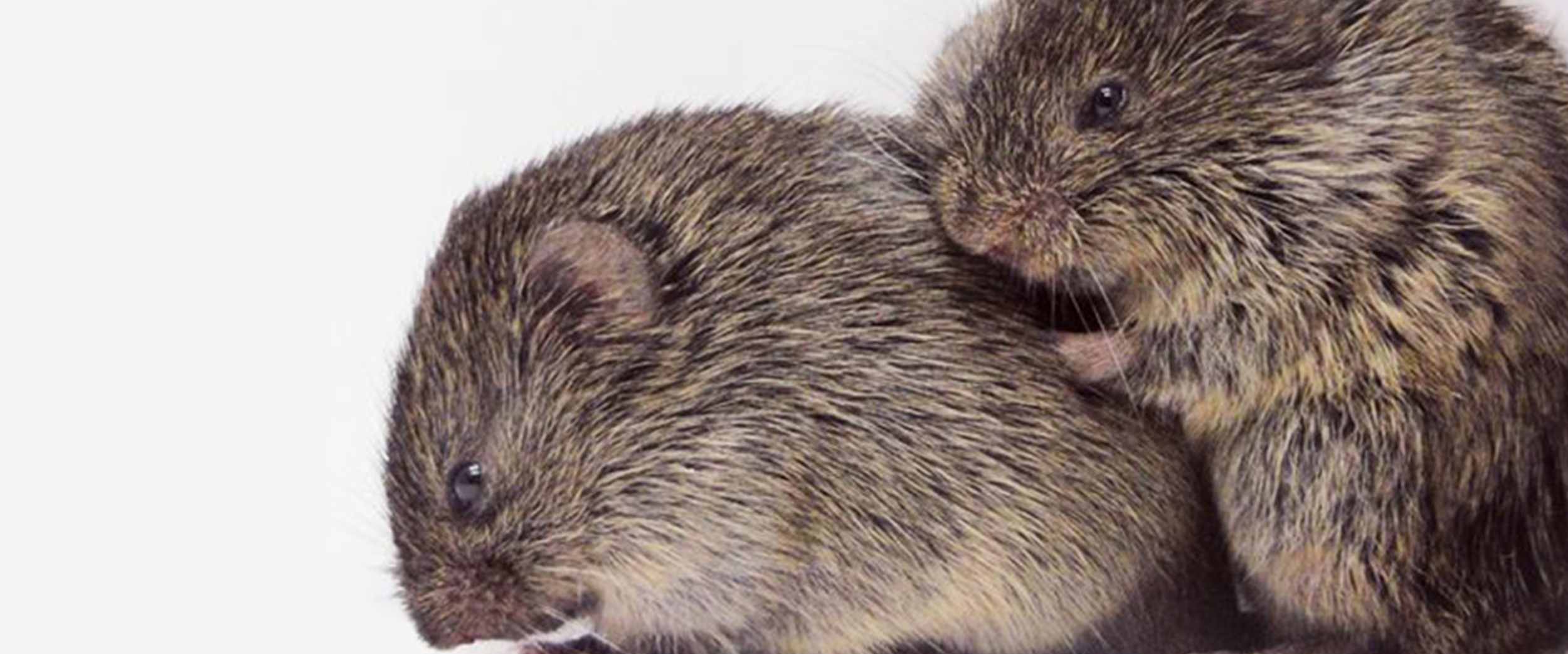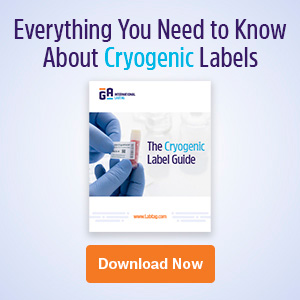 Valentine’s day is a special day for couples around the world. For those who believe that love is blind, it doesn’t really matter how or why they love their significant other; they simply love them because of who they are, no matter what (unless they leave the toilet seat up, then things get a little hairy). For scientists, though, studying love represents an intriguing challenge, from both evolutionary and biochemical perspectives. By studying humans and other monogamous animals—the prairie vole, in particular—researchers have devised biological theories that explain the reasons behind the neurobiology of why we love and how our bodies react to affection and desire.
Valentine’s day is a special day for couples around the world. For those who believe that love is blind, it doesn’t really matter how or why they love their significant other; they simply love them because of who they are, no matter what (unless they leave the toilet seat up, then things get a little hairy). For scientists, though, studying love represents an intriguing challenge, from both evolutionary and biochemical perspectives. By studying humans and other monogamous animals—the prairie vole, in particular—researchers have devised biological theories that explain the reasons behind the neurobiology of why we love and how our bodies react to affection and desire.
Going on the first date
So, you finally worked up the courage to ask your colleague in the lab next door on a date, and they said yes. You’ve been talking to them for a full month, but you’re nervous and having a hard time sleeping. This reaction, as typical as it is, is based on the idea that stress is an important factor in promoting social contact and attachment.1 In fact, this stage of the relationship called the “Being in love” phase according to Robert Sternberg’s Triangular Theory of Love, is characterized by increases in cortisol levels, a stress hormone released by the adrenal gland.2 As the couple may be initially insecure about the status of the relationship early on, serotonin levels drop and cortisol is released into the circulation, which may actually help overcome neophobia (the dislike of anything new or unfamiliar), but also causes anxiety and obsessive compulsion. The catecholamine norepinephrine is another hormone produced at the beginning of a relationship, resulting in many behaviors that most couples exhibit when they begin dating, like sleeplessness, loss of appetite, increased heart rate (you know you like your date when your heart can’t stop beating), and sweating. Norepinephrine is also associated with an increased ability to memorize new experiences, which could explain why many married couples remember their first date so clearly.1,2
Passion and long-term commitment
After a few months, the initial excitement and stress of dating someone new turns into a phase termed “passional love,” where the couple feels safe with each other. It’s during this period that cortisol and norepinephrine levels return to normal and the couple pair-bond, becoming emotionally attached to each other.2 Interestingly, pair-bonding is relatively unique in the animal kingdom, as less than 5% of all mammalian species can pair-bond, and gives some species evolutionary and physiological advantages, such as the ability to better care for their young and longer lifespans.1
The two most important pair-bonding hormones are oxytocin and vasopressin. Oxytocin is well-known for its role in promoting contractions during birth and releasing milk during lactation, while vasopressin helps control cardiovascular function by maintaining blood pressure.2 Both are produced by the hypothalamus, released by the pituitary gland, and activate the dopamine reward system. Studies have even shown that merely showing a picture of their partner to test subjects could induce activation of the right ventral segmental area (VTA) of the brain, which is responsible for processing rewarding stimuli. It is also the same part of the brain that responds to drugs. However, love also triggers feedback mechanisms that negate the destructive qualities associated with drug use, though judgement is still usually impaired (who doesn’t see their loved one with rose-colored glasses?).1 This reward system is so important that pharmacological inhibition of dopamine receptors can completely block prairie voles from pair-bonding, even after mating, turning them into promiscuous animals. One can even make prairie voles pair-bond without mating simply by giving them compounds that activate their dopamine receptors.
After several years, the couple may enter the “Companionate love” stage of the relationship, with less passion than the previous stage but a steady level of intimacy and commitment. Similar hormones are associated with the long-term stability of the couple, as oxytocin and vasopressin continue to relay signals to the dopamine reward system.
Where does sex fit in?
Sex is an important factor in most relationships, as it elevates the levels of oxytocin and vasopressin, reinforcing pair-bonding through the dopamine reward system in prairie voles. However, sex is not entirely necessary. In promiscuous species, males do not associate the pleasure of sex with their specific partner, and the dopamine reward system is not as highly activated compared with monogamous species. Pair-bonding also makes it easier for sexual attraction to occur, as both testosterone and estrogen levels can be increased by dopamine. Of course, while the need for sex can be satiated relatively quickly, the feelings of love and attachment persist, distinguishing the two concepts as separate psychological and physiological phenomenon.1
 Photo by Zack Johnson, previously published in Popular Science.
Photo by Zack Johnson, previously published in Popular Science.
Is monogamy programmed into us?
Not everyone experiences relationships the same way, and many might not feel like they’ve ever gone through all three stages of love. Biochemical studies of love haven’t even focused on models that are human (hello prairie vole!). This raises the question: were we born to be monogamous after all?
To answer that question, scientists at the University of Texas in Austin compared gene activity in monogamous and nonmonogamous species of animals and found differences in expression levels for a variety of genes relating to neural development, learning, and memory. Though their findings are very preliminary, they propose that the development of monogamy could be linked to specific gene expression patterns in the brain and may explain why humans tend to prefer monogamy over polygamy.3
So, whether you’re sitting at dinner with a new date or watching a movie at home with your long-time spouse, remember that your body reacts and processes the love you feel with your significant other just as much as your mind does and that both work together to make your relationship a warm and meaningful one. From everyone at GA International, we wish you all the best on a happy Valentine’s Day!
LabTAG by GA International is a leading manufacturer of high-performance specialty labels and a supplier of identification solutions used in research and medical labs as well as healthcare institutions.
References:
- Seshadri K. The neuroendocrinology of love. Indian J Endocrinol Metab. 2016;20(4):558-563.
- De Boer A, Van Buel EM, Ter Horst GJ. Love is more than just a kiss: A neurobiological perspective on love and affection. Neuroscience. 2012;201:114-124.
- Servick K. Monogamy may have a telltale signature of gene activity. Science. January 2019:1-12.


